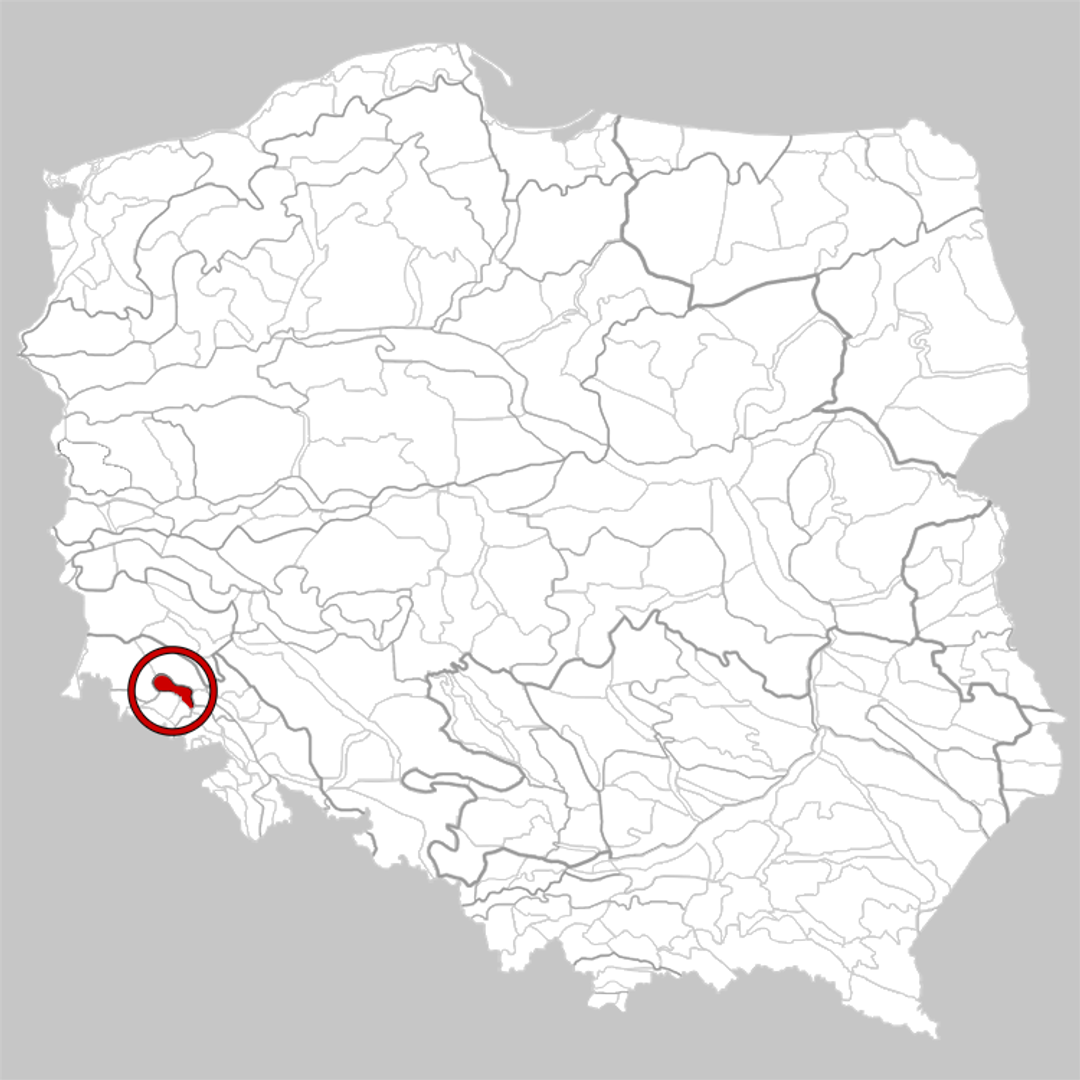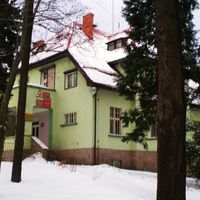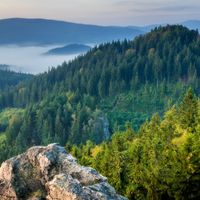Kaczawa Mountains
8.33

Overview
The Kaczawskie Mountains, located in southwestern Poland, are a mountain range with a rich geological structure, dominated by metamorphic rocks such as greenstones, diabases, marbles, and various types of schists. This area is part of the Western Sudetes and features diverse terrain composed of four main ridges. The mountains are drained by the Kaczawa and Bóbr rivers, which originate here, while the valleys contain Pleistocene and Holocene deposits. The flora of the Kaczawskie Mountains is diverse, with many valuable and rare plant species, including orchids, martagon lilies, and cyclamen. The fauna is characterized by a variety of insects, amphibians, reptiles, birds, and mammals, including protected bat species. Over 150 bird species have been recorded in the region, and among mammals, rare bat species are particularly noteworthy. The Kaczawskie Mountains are protected under the Natura 2000 network, and there are also landscape parks and nature reserves, such as Mount Miłek. Despite its natural richness, the region faces threats from mining activities, which have impacted conservation efforts. The extraction of minerals, such as marble, has led to the dissolution of nature reserves. Tourism in the Kaczawskie Mountains is growing thanks to numerous hiking trails, including the European long-distance trail E3 and routes tied to the region's history, such as the Trail of the Piast Castles. Local towns like Wojcieszów, Pilchowice, and Lipa offer access to tourist attractions and opportunities for hiking in the picturesque mountain surroundings. Thus, the Kaczawskie Mountains are an area of significant natural, tourist, and cultural importance, with a rich history and diverse ecosystems.
Location
You can also find here:

Railway bridge over Lake Pilchowickie
7.6
Jelenia Góra Zachód Deanery

Chełmy Landscape Park
7.47

The Prince's Tower in Siedlęcin
7.08
Jelenia Góra Zachód Deanery

Niesytno Castle
6.98

Janowice Wielkie
6.91

Bóbr Valley Landscape Park
6.74
Deanery of Szklarska Poręba

Pilchowice Dam
6.73

Rudawy Landscape Park
6.69
Kamienna Góra East Deanery

Kamienna Góra East Deanery
6.61

Bolków
6.59
Karpacz Deanery
2025 Wizytor | All Rights Reserved